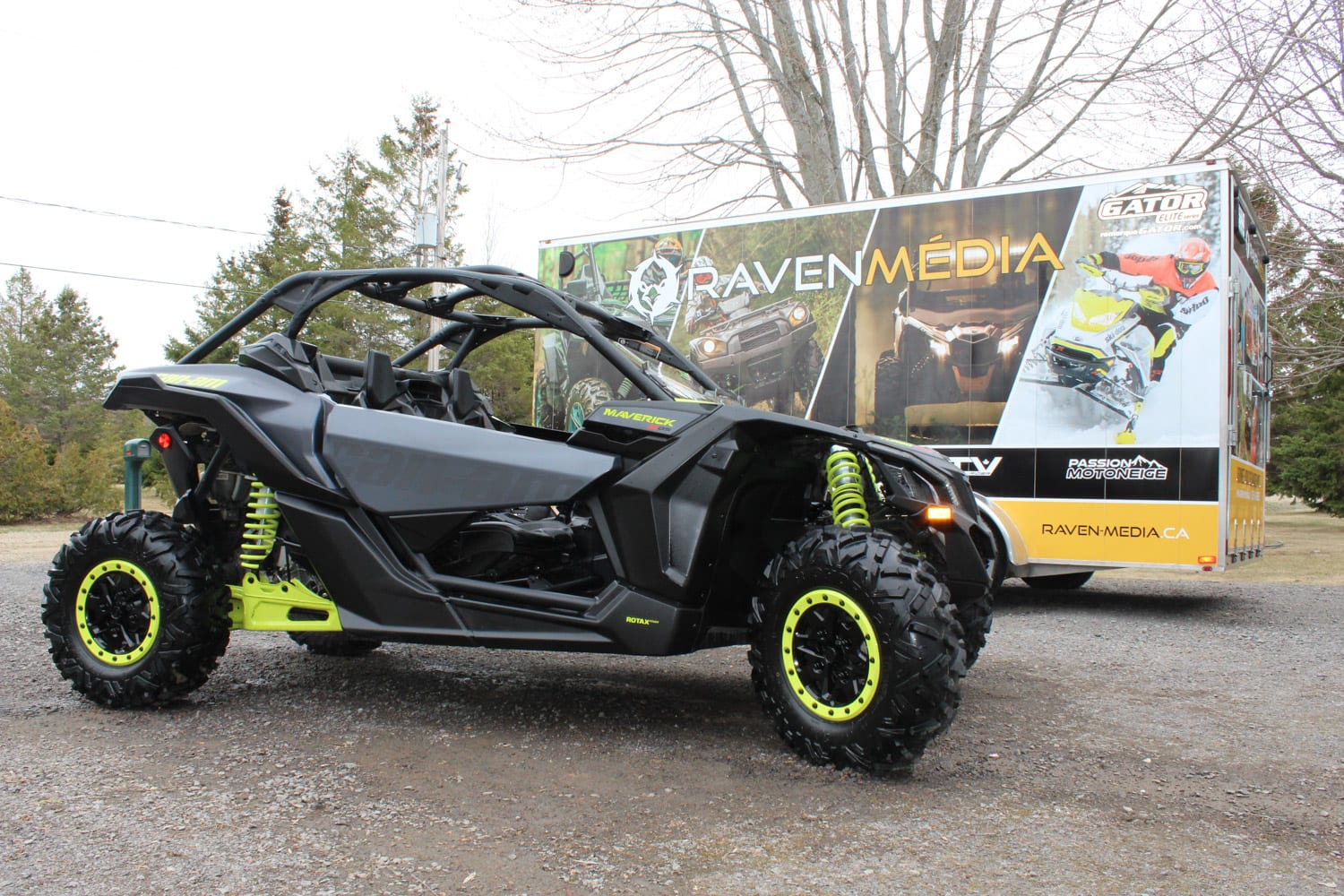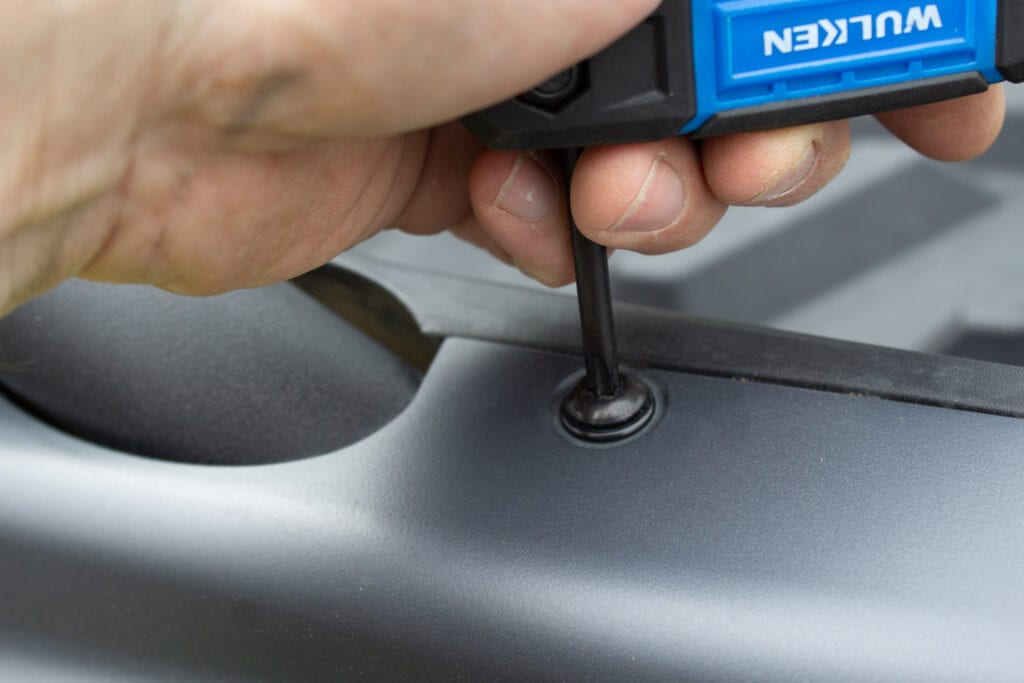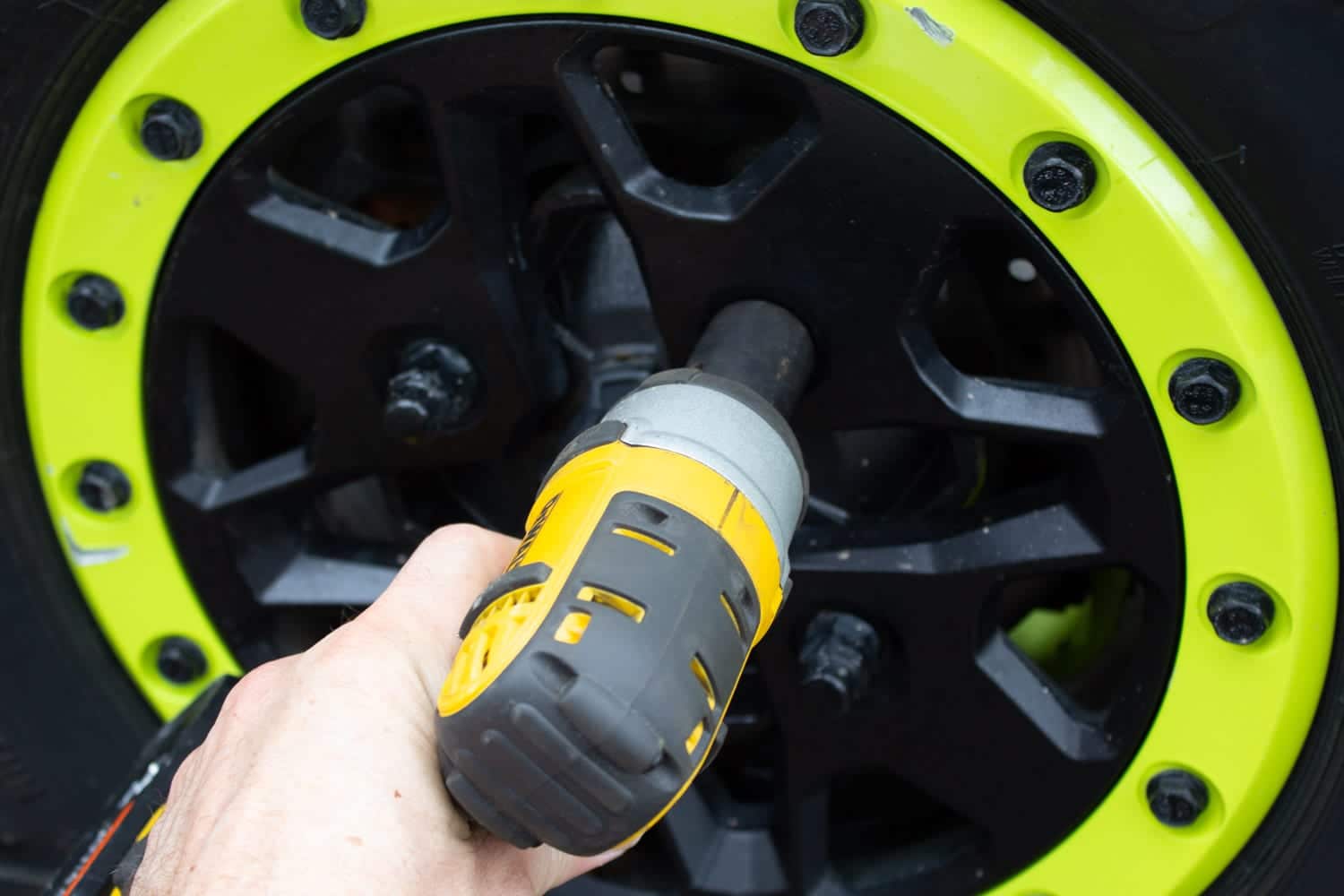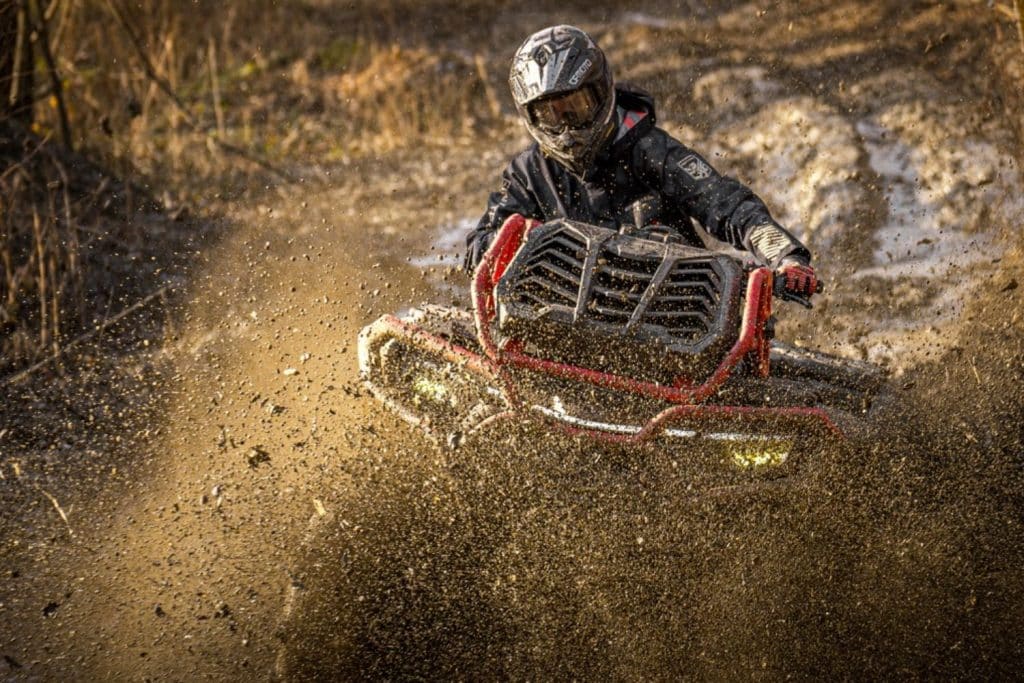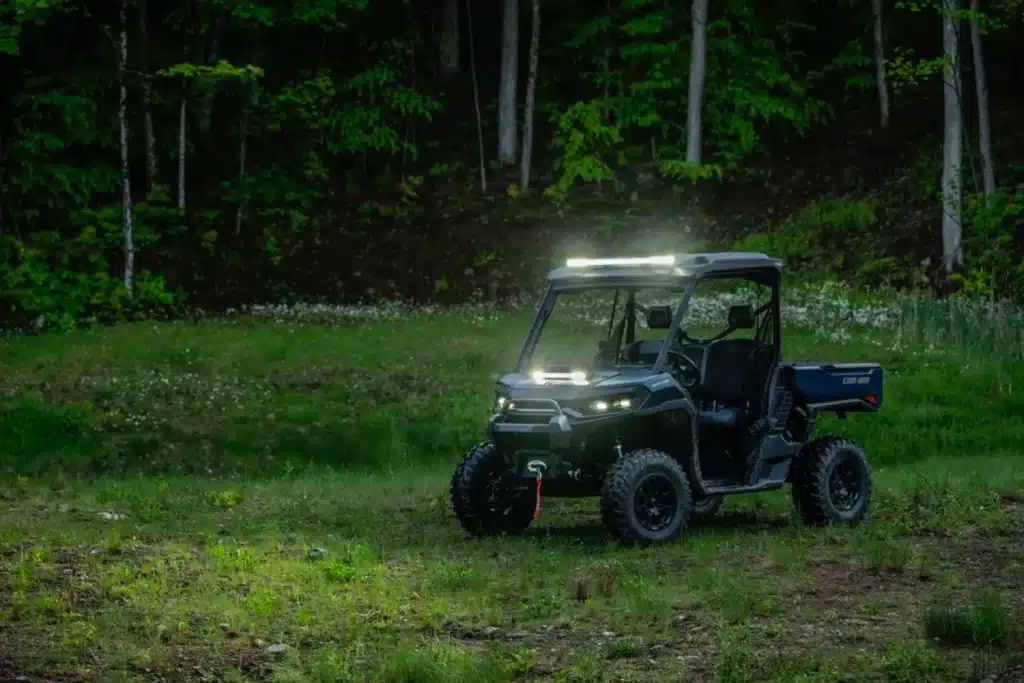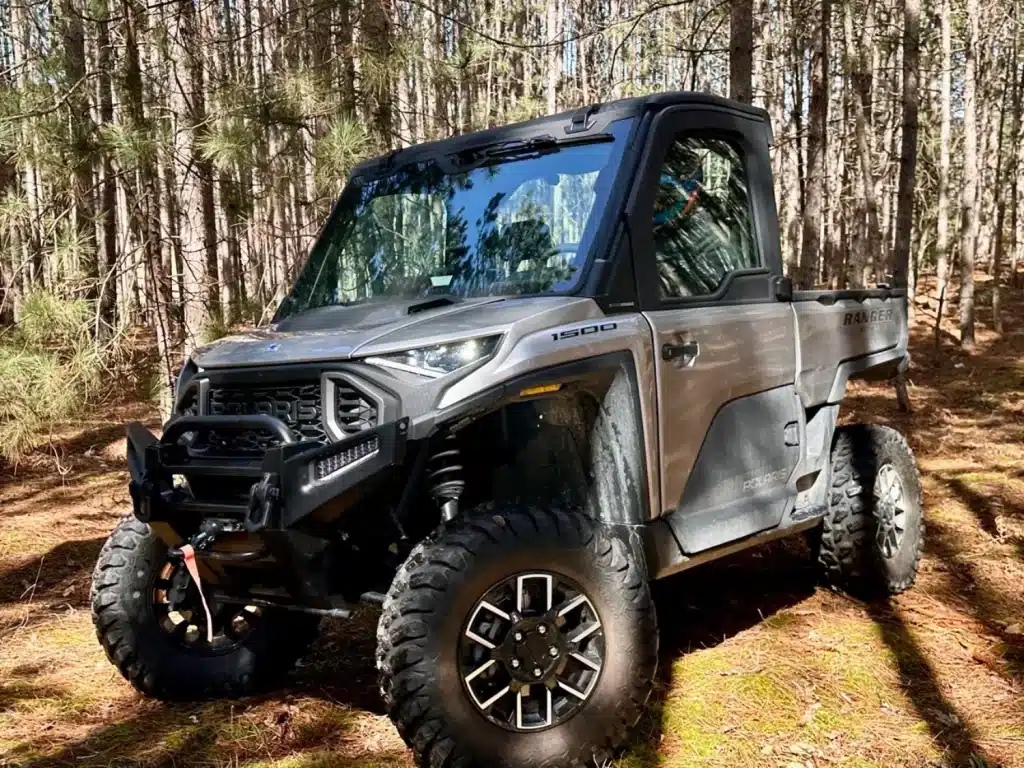Quad vehicles and SSVs give us hours of hardwork and riding fun. They are of great use, but they also require special attention to ensure they work properly for the longest time possible. Therefore, it is always a good safety practice to take a few moments to carry out a basic inspection of our vehicles after use. There is no need to have sophisticated mechanical skills to accomplish this task. Only a good sense of observation and a few basic tools are necessary to achieve this mission.
The primary advantage of doing periodic checks is that your vehicle will be ready for the job every time you need to use it again. If you detect an anomaly, you will have sufficient time to proceed with the repair. Of course, you will save yourself a lot of frustration by being far-sighted.
Nothing is more annoying than having a mechanical breakdown during a ride. Your loved ones may feel stressed if you don’t come back on time. Therefore, having a vehicle in good working order will help to prevent the unexpected.
Taking the time to get to know your vehicle well is not to be neglected, and you should thoroughly read your owner’s manual. This tool is your reference guide to learn all about the specific subtleties related to your vehicle. In addition, it contains a wealth of information that will be useful for you to know the maintenance intervals suggested by the manufacturer. Whether you decide to provide more specific care to your vehicle or leave this job to your trusted dealer, this maintenance is more than recommended.
That being said, you should add an inspection routine to your off-road riding routine each time your vehicle returns home.
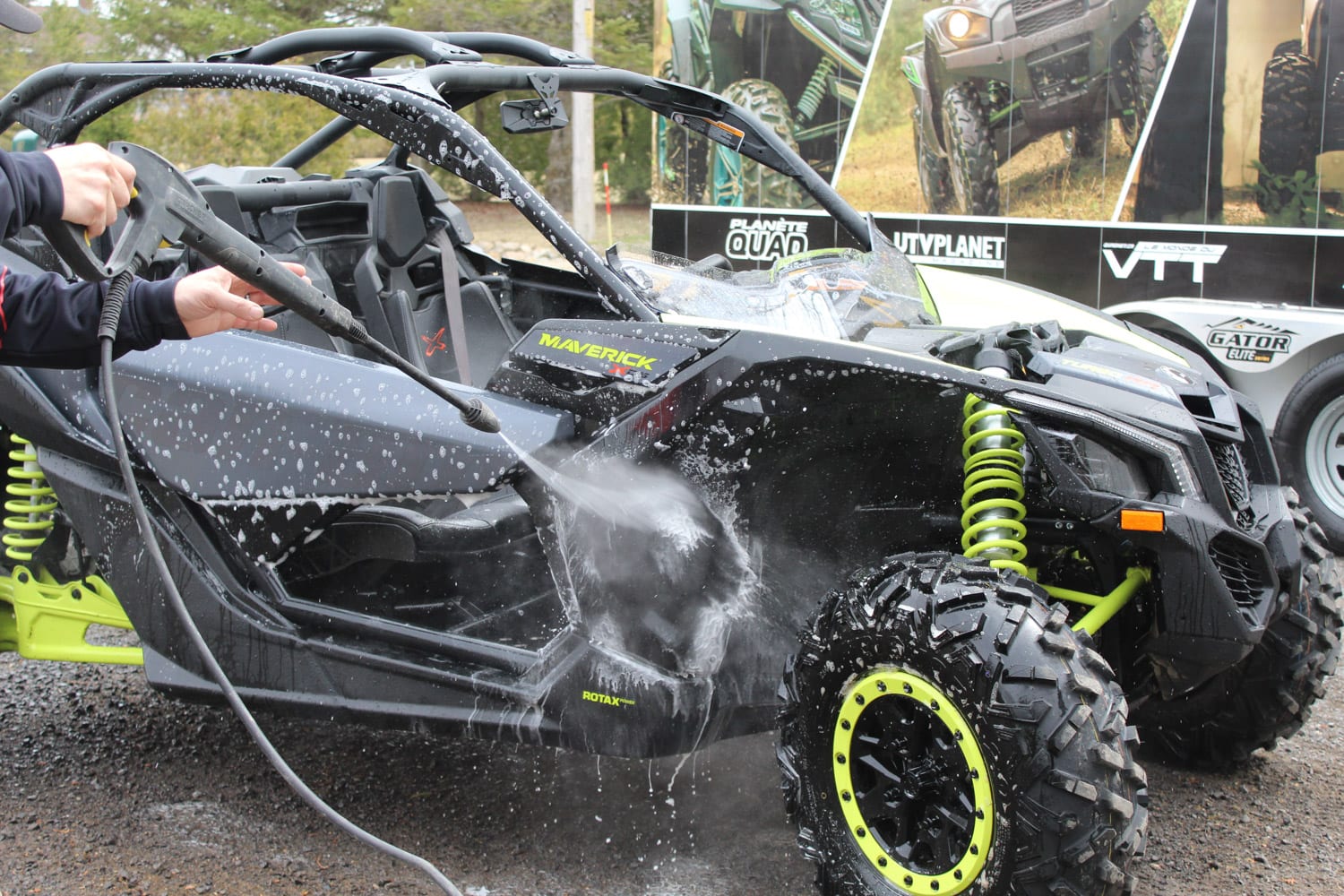
Washing. Cleaning may be an unpleasant moment for some, but also an essential step for others. It should not be forgotten that the purchase of a quad vehicle is in itself a significant spending, and adequate washing is a must to keep its full resale value.
Mud, dirt, dust, and debris that we encounter on the trails build up in many places on our quads. If you let them sit for too long, you’ll regret it when rust begins to eat away at your machine.
Mud and dirt can also affect your engine’s performance. First, they can get into the air filter, causing you to clean it more often. Second, they can also clog vents and other parts of your machine.
Fluids. Look at your brake fluid, fuel, oil, and any other fluids. If these fluids are low or dirty, add more or change them before restarting your quad.
Tires and wheels. Check your tire air pressure and look for wear on the treads. Off-road wheels take a lot of abuse, so make sure your axle nuts, lug nuts, and cotter pins are secure before every ride.
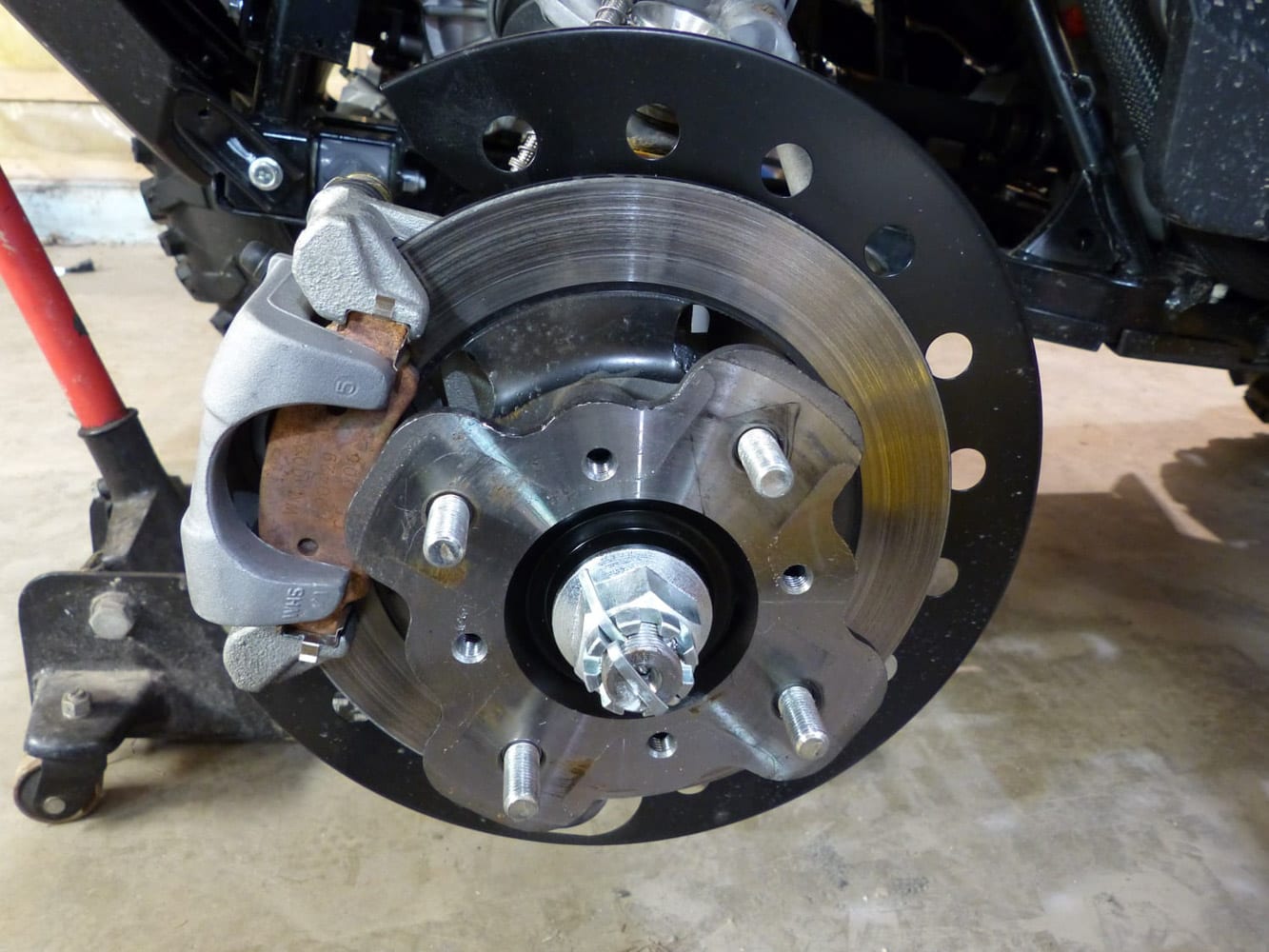
Brakes. Test the brakes to make sure they work well and are correctly adjusted. You are likely to experience emergency braking at one time or another, and you will be happy to have brakes that will bring your vehicle to a stop for the shortest possible distance.
Air filter. It’s time to clean your air filter if it looks like a used coffee filter – dark brown. If the air filter is ready for cleaning, so is your air box. First, clean up any residual dust that may be found there. Next, use a solvent to remove any residual grease or oil in the airbox. While at it, check your lid’s seal to see if it is pinched or cracked, compromising its effectiveness. An airbox cover prevents water and debris from entering your engine through the air intake.
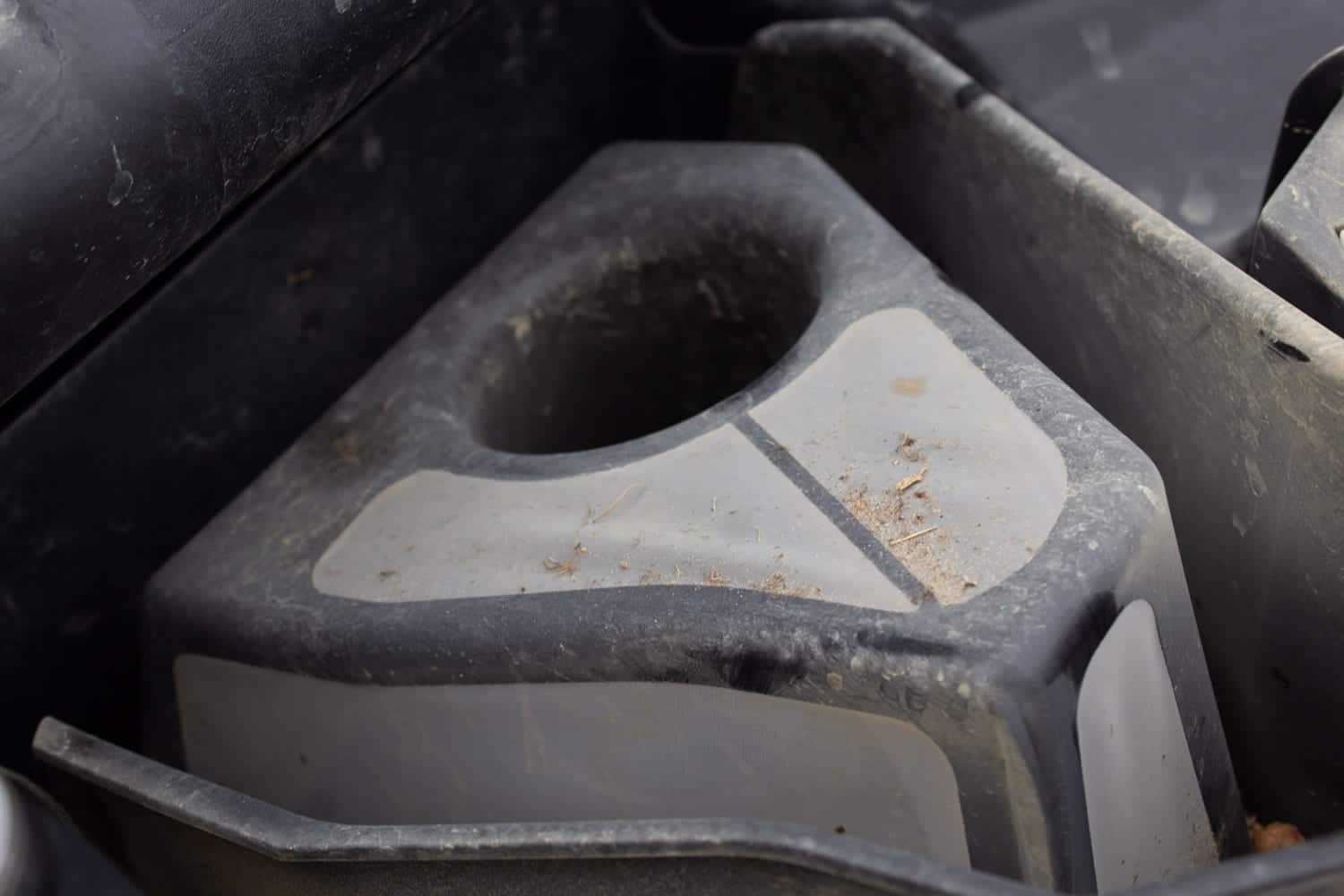
Maintenance of your air filter should be done regularly in summer when the dust is everywhere. While in the winter, we can skip this step for obvious reasons.
Chain and sprocket (if applicable). The lubrication of your ATV chain should be part of your regular maintenance routine, but remember to check the chain tension and adjust it to the specifications in your owner’s manual.
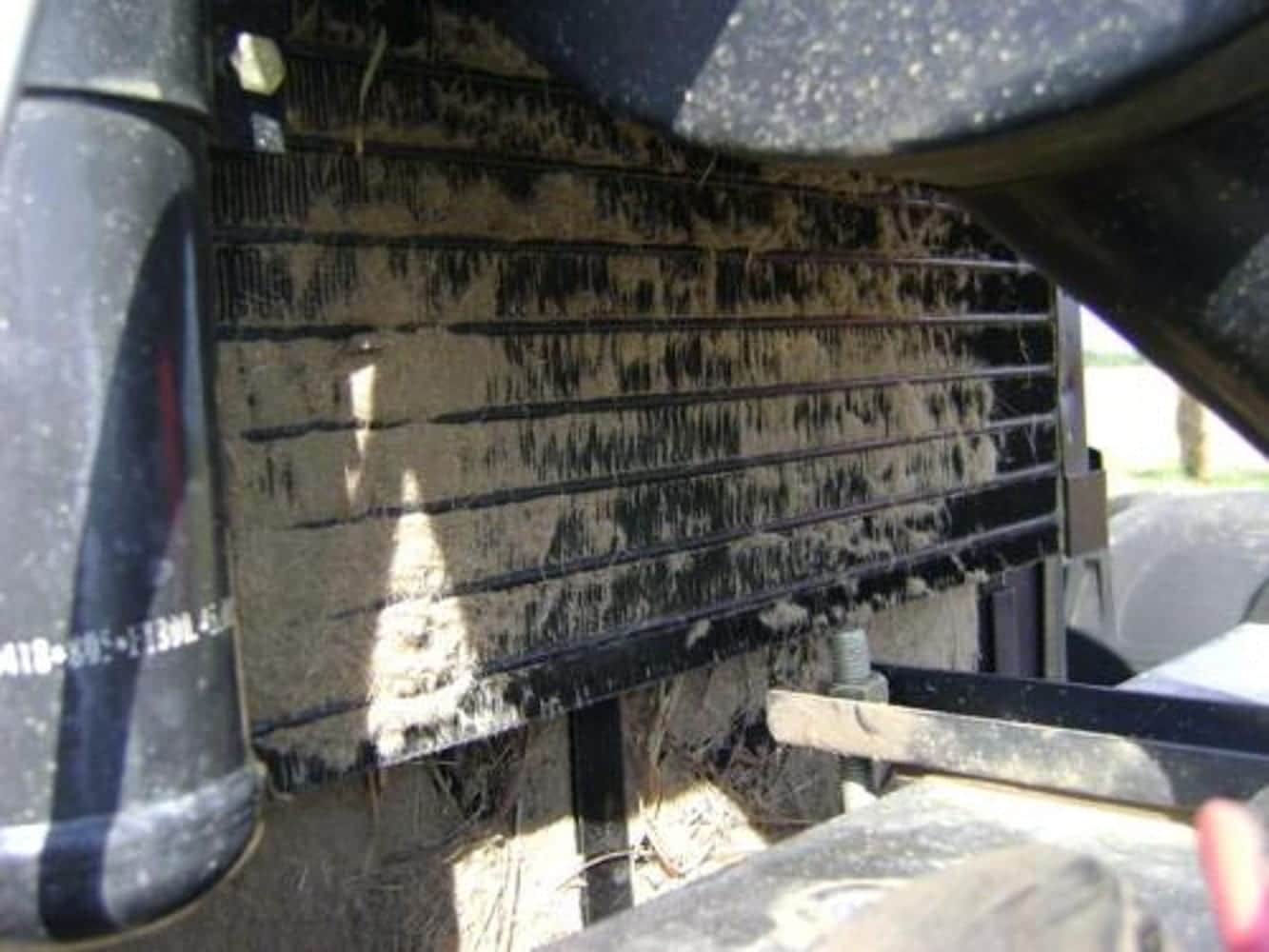
Radiator. To prevent your ATV from overheating, make sure your radiator is free of mud and debris before riding. It will be too hot to clean once you have hit the trails.
Also, at the same time, check to see if it has not been damaged the last time you used your ATV, causing loss of coolant.
Do not use a pressure washer which could damage the radiator fins. Instead, use a garden hose and a back and forth movement to dislodge the mud and debris found there without using excessive force.
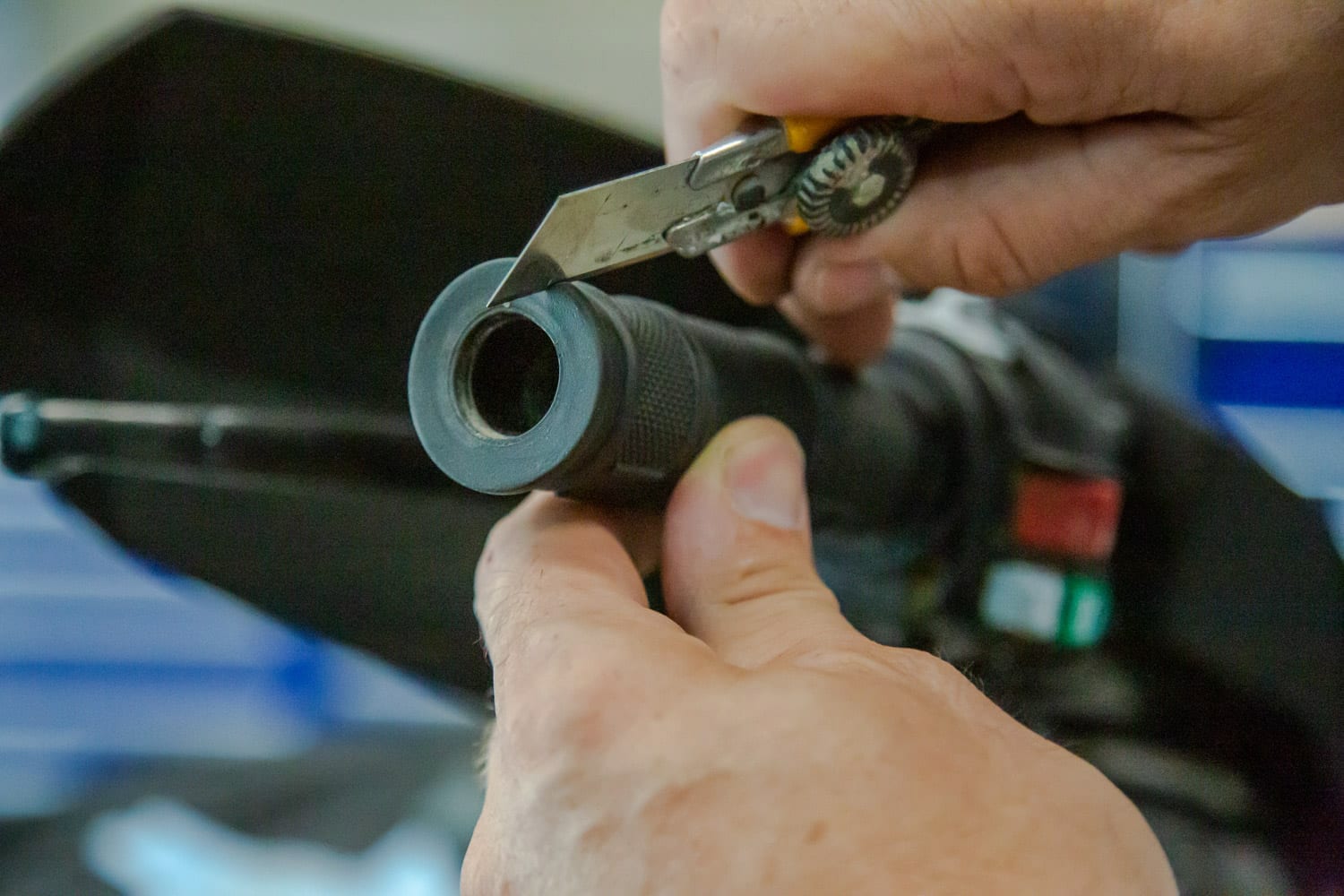
Handles. Check if the handlebar grips of your quad can come off easily. Secure them correctly, and if they move around too much or get torn, it’s time to replace them.
Lubrication. Pay particular attention to the lubrication points on your vehicle. Although the addition of grease is not necessary after each ride, a periodic check is essential to avoid premature wear of these constantly moving parts.
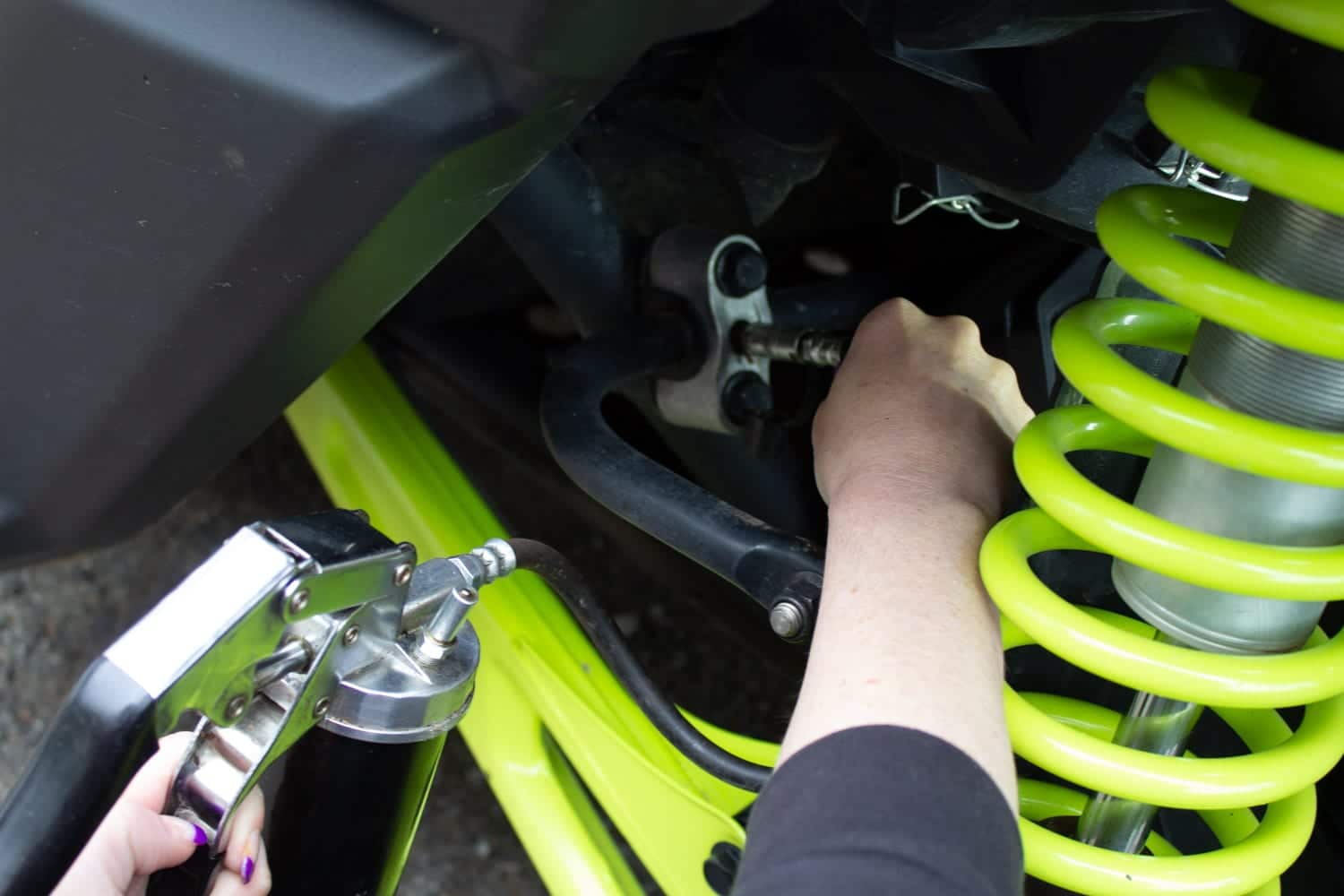
Suspension. Check the inner side of your wheels, where they connect to your ATV, for any damage or wear. If you notice wobbling in your front end or too much play in the handlebars when steering, this is a sign that the ball joints may need to be adjusted or replaced.
Look at the vehicle from the front. Make sure it’s on a flat surface and check if one side feels lower than another. If one corner is lower or higher than the other corners of the quad, you might have a defective shock absorber that needs to be replaced.
Press down on the corner of the front bumper and watch it move as you quickly release your grip. If the vehicle bounces more than once, the shocks may be worn.
Lastly, look for wet areas around the top of the shock absorber. If you see oil stains, run your finger over the place. If it is greasy, the shock absorber is at the end of its life. In addition, worn shocks don’t dampen spring oscillation, so your tires spend more time in the air after each rebound. That considerably reduces the stability and grip of the machine.
Nuts and bolts. In addition to those on your wheels, there are many nuts and bolts all over your machine. They should be checked regularly to make sure they are tight. A quick inspection of the whole vehicle can save you trouble when you’re out on the trails.
In conclusion, these few minutes of inspecting your vehicle can occasionally catch problems that could be more serious if they are neglected. Even if the mechanics are not infallible, the care given to our quads and SSVs can prevent many problems.


